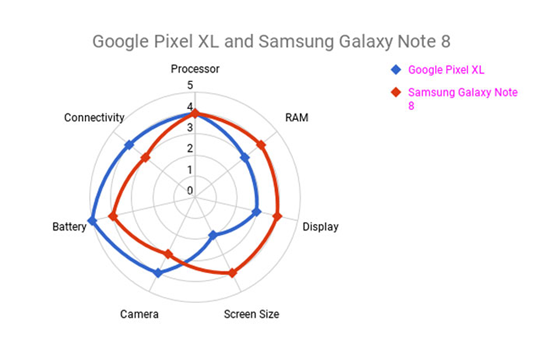Content begins here
Contenido de la página principal
Pulsa para colapsar
Problem-solution
Introduction
A key element of the speech is to convince people that you have found a unique solution to a problem. Also, in this third part of your presentation, you need to express clearly what is the problem or need that you have identified, and how you will answer this need with your solution.
Once this lesson is completed and approved, learners will be able to:
-
Relate their project to a need, and present it as a solution
-
Pitch their “problem-solution”
In this lesson, we will see that our project, whatever its nature, arises from a need that we have previously identified.
Then, we will learn how to express this need in a pitch context and how to present our project under the perspective of a unique “solution” to this given problem.
1. The Problem
You are now entering the core of the subject. What is your project about and how it answers to an existing problem or situation. Thus, to start with, you should identify the problem. You need to show how this situation affects the target that you will address in your project. The most painful problem is, the most needed is your solution, so you should depict the problem in a way your audience feels empathy toward the situation faced by your target groups.
A technique here is to describe the situation, based on a representative of your target group. To make it more realistic, you could name this person and explain why and how he/she is suffering. It can be an imaginary individual, but who can also be an actual person that you know, for instance among the people that have made you aware of the problem that you will solve with your project and that shared with you their issues.

You will thus call to the emotional side of your audience, making them feel in the shoes of who is suffering, and pending for solutions.
2. Insatisfaction regarding current solutions
Then, you might talk about existing solutions. It is here a first opportunity to shortly describe the competitors and existing offers proposed by the market. Thus you will dedicate some time showing how those existing solutions offert partial answers to the problem identified, but do not address the core of the pain, the ruts of the problem.
It is illusional to think that you are the first one thinking in a problem and seeking a solution. Thus, saying that there are no competitors to your project would just show that you didn’t take time to make a proper market study. You need to be realistic, show that there are others in this market that have already engaged action. However, you will demonstrate that your project is better.
3. YOUR solution
Finally, it is time to present your solution. Your solution should be unique, as it answers completely, and not partially, to the problem identified and will provide relief and satisfaction to your target groups. In this part, you need to differentiate your solution from the existing one, showing why and how it is different. Remember to keep it simple and understandable. An idea might be for instance to prepare a comparative table where you could compare the offer from competitors and yours, evidencing the differences.
| Competitor1 | Competitor2 | MY SOLUTION | |
|---|---|---|---|
| Market need 1 | |||
| Market need 2 | |||
| Sustainability | |||
| Price | |||
| Etc. |
Then, you should take care at visual forms of presentation for your pitch, for instance using a radar graph such as this one:

(retrieved from: https://infoinspired.com/google-docs/spreadsheet/how-to-create-radar-chart-in-google-sheets/ on December 2nd 2020)
Conclusions
In this part, your project shall be revealed as THE solution that the audience were looking for after listening to the problem that you depicted. It has to be anchored in a realistic framework, denying competition would make you lose credit. However, you must insist on what makes your project different from the competitors, and why your target group would go toward your offer rather than the existing ones.
Video and PDF presentationPulsa para colapsar
The following video explains the content of this lesson and shows some examples:
Video T2.L3. Problem-Solution
Here you have the content of the video in pdf in case you need to use it in your classroom:
Lesson contents in PDFPulsa para colapsar
Here you have the contents of the lesson in PDF:

